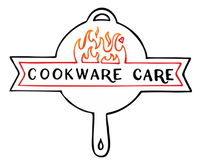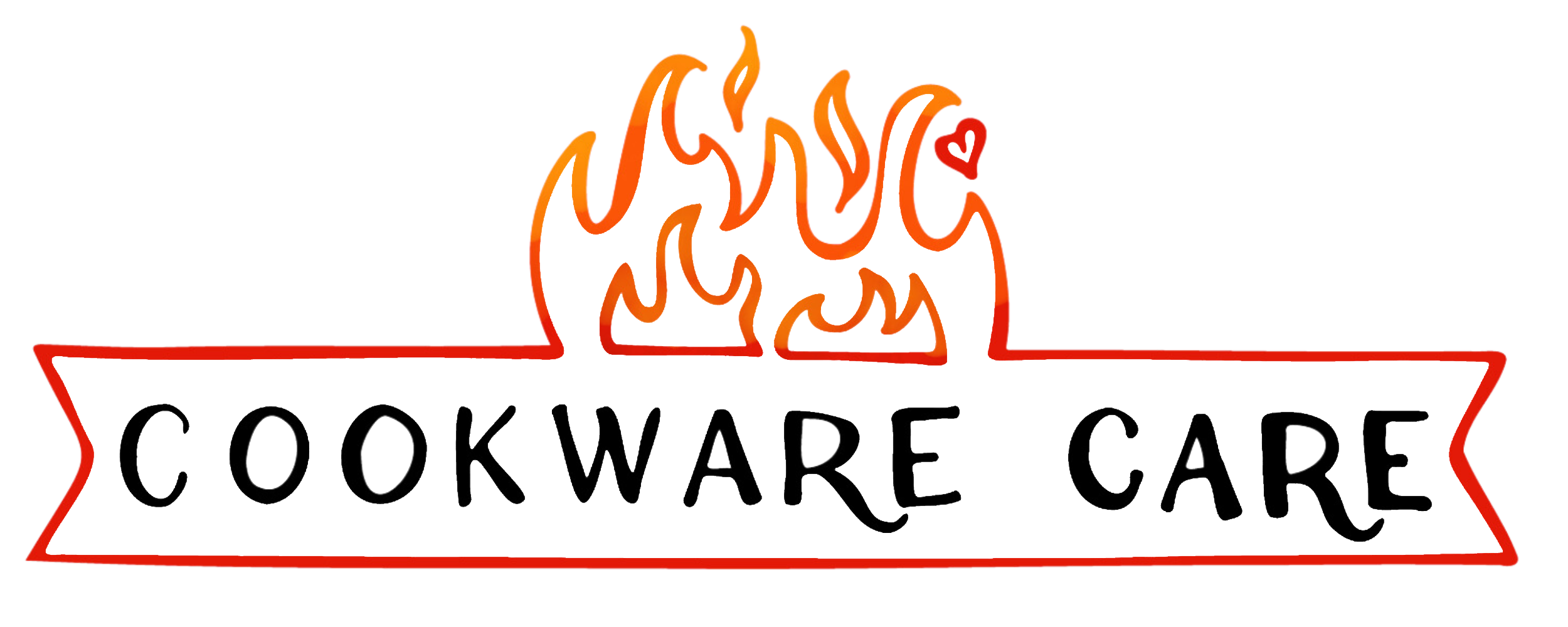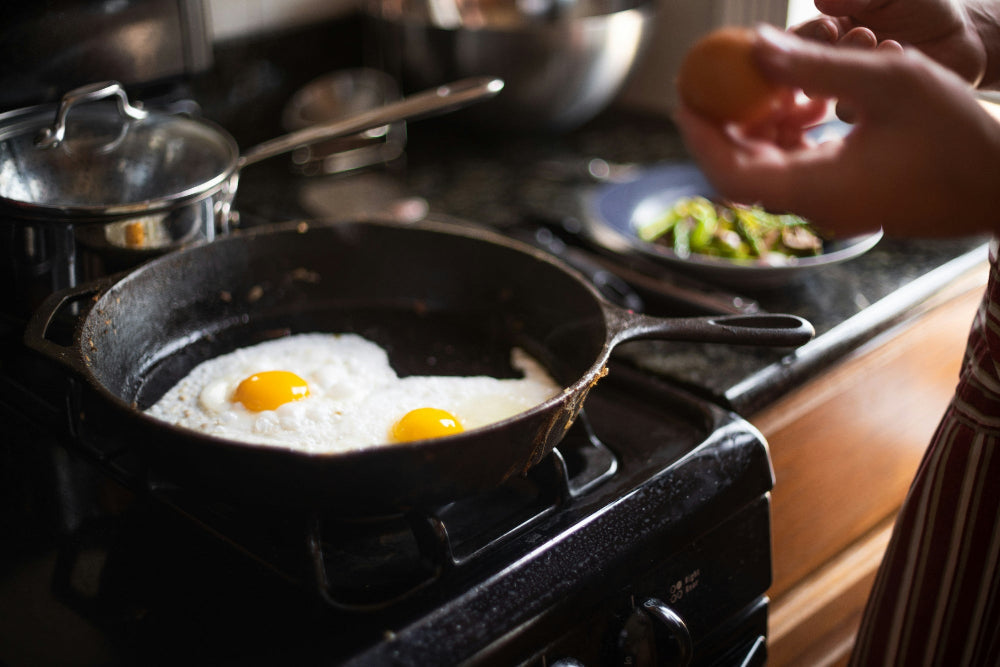If you've dipped your toes into the world of cast iron cooking, you've definitely heard about "seasoning." It's that almost mythical quality everyone talks about, the key to unlocking those pans' amazing non-stick abilities and incredible lifespan. But what's actually going on when you season your pan?
It's more than just greasing it up – it's a cool bit of kitchen science called polymerization. Here at Cookware Care, we're big believers that knowing the 'why' behind cookware care makes taking care of your pans easier and more effective. So, let's peel back the curtain on polymerization and see what it does for your trusty cast iron.
So, What is Polymerization, Anyway? (The Science Bit, Made Simple)
Think of it like this: polymerization is a process where tiny molecules link up to form big, strong chains. Imagine tiny magnetic beads (these are fatty acids from oil) snapping together to create long, interconnected strands (these are polymers).
When you spread a thin layer of oil on your cast iron and heat it up high (past the oil's smoke point), that's when the transformation kicks in:
- Heat Gets Things Moving: The high temperature makes the fat molecules break apart and rearrange.
- Linking Up: These rearranged molecules start linking together, forming long, strong polymer chains.
- Bonding to the Pan: Critically, these new polymer chains don't just stick to each other; they actually bond directly to the surface of the iron.
What you get is that smooth, tough, dark coating we call seasoning. It's essentially a layer of transformed, baked-on oil that has become one with the pan – almost like a natural enamel.
Why This Matters for Your Cast Iron
Understanding that seasoning is polymerization makes cast iron care click:
- Hello, Non-Stick! Microscopically, iron is bumpy. Food loves to cling to those bumps. The smooth polymer layer fills in the gaps, creating a slick surface that food slides right off. The more you cook and care for your pan, the better this layer gets.
- Rust Buster: Iron's natural enemy is rust. That polymerized layer forms a shield, sealing the iron off from air and moisture, stopping rust before it can even start. This is huge for making your pan last generations.
- Built-In Armor: This tough layer doesn't just sit on top; it's bonded to the iron, adding durability and protecting the metal underneath.
- That Beautiful Patina: Ever admire a well-loved, deep black cast iron pan? You're looking at visible proof of successful polymerization, built up layer by layer over time.
Choosing the Right Oil Matters
While lots of oils can polymerize, they don't all behave the same way. Some might create a brittle layer, others take longer, and smoke points vary. Getting the science right involves balancing different types of fats. That's why many cast iron fans opt for a purpose-built blend. Our Cookware Care Seasoning Oil Blend, for instance, was developed specifically for this – it uses a mix of oils chosen for their ability to polymerize effectively, creating that tough, non-stick finish without the guesswork.
How to Make Polymerization Happen (Seasoning Basics)
You trigger polymerization every time you cook with fats, but dedicated seasoning builds the best foundation:
- Start Clean & Dry: Always begin with a clean pan, dried thoroughly.
- Thin Oil Layer: Rub a very thin coat of a suitable oil all over – inside and out. Seriously, wipe off almost all of it! Too much oil gets sticky. While common kitchen staples like grapeseed or canola oil certainly work, using a blend developed specifically for seasoning – like our own Seasoning Oil Blend – takes the guesswork out. These blends are designed with the right mix of fats to help you build that tough, polymerized layer more effectively.
- Heat It Up: Place the pan upside down in a hot oven (around 450-500°F / 230-260°C) for an hour. Put foil below to catch any potential drips. This heat drives the polymerization.
- Cool Down: Let it cool slowly in the oven. Repeat a few times for a brand new or restored pan to build a solid base.
Keeping That Seasoned Layer Happy
Caring for your polymerized seasoning makes sense now, right?
- Clean Gently: Avoid super harsh scrubbing. A stiff brush or scraper usually does the trick.
- Soap? Maybe Sometimes: Modern mild dish soap is okay now and then, but avoid abrasive stuff unless you intend to strip it. Many folks just use hot water and a brush.
- Dry, Dry, Dry! Water = enemy. Dry immediately after washing. Popping it on a warm burner for a minute is the best way to banish all moisture.
- A Little Oil Love: To give it that extra bit of protection, wipe on a super-thin layer of oil while the pan is still warm. Using the oil you season with – like our Cookware Care Seasoning Oil Blend – helps keep that seasoning layer happy and consistent.
So, next time you admire that slick, black surface on your cast iron, you'll know it's not just grease – it's polymerized science at work! Understanding this helps make sense of cast iron care, turning it from a chore into part of the craft. If you want to give your seasoning a great start or keep it in top shape, our Seasoning Oil Blend was created just for that purpose.
Happy Cooking!








